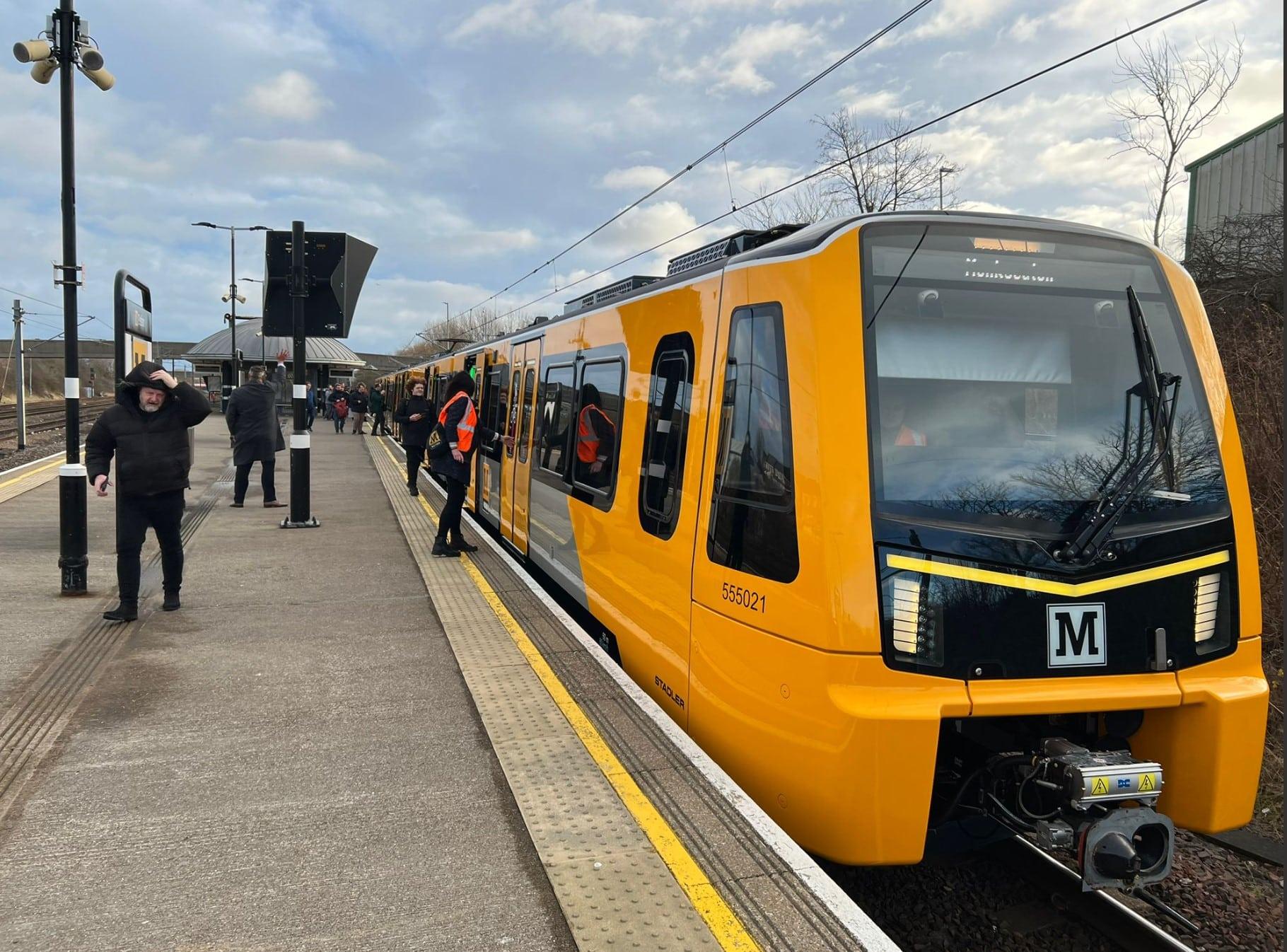Nexus Metro: Transforming Urban Transport Systems

Introduction
In recent years, urban transport has become a critical concern for cities worldwide. With growing populations and increasing congestion, innovative solutions are necessary to enhance mobility. Nexus Metro emerges as a transformative approach to urban transport, integrating technology, sustainability, and efficiency to meet evolving city demands.
What is Nexus Metro?
Nexus Metro is a cutting-edge urban transport system designed to alleviate congestion and provide seamless connectivity in metropolitan areas. Utilizing advanced technologies such as autonomous vehicles, smart traffic management, and environmentally friendly energy sources, Nexus Metro aims to create an integrated network of transportation options, including buses, trains, and ride-sharing services.
Implementation and Developments
Recently, several cities have begun implementing Nexus Metro systems. For instance, in London, the transport authority has partnered with Nexus Metro to pilot an autonomous shuttle service aimed at reducing traffic congestion in central areas. This project, which commenced in early 2023, is expected to enhance public transport accessibility and efficiency.
Similarly, cities in Europe, including Amsterdam and Paris, are exploring Nexus Metro collaborations that focus on integrating bicycle-sharing schemes with public transport to promote greener travel options. These initiatives align with the European Union’s broader sustainability goals, aiming for reduced carbon emissions by improving urban mobility.
Benefits of Nexus Metro
Nexus Metro offers several benefits to urban environments, including:
- Reduced Congestion: By optimising traffic flow and introducing autonomous vehicles, Nexus Metro significantly reduces road congestion.
- Environmentally Friendly: The inclusion of electric and hybrid vehicles contributes to cleaner air and lower carbon footprints.
- Cost Efficiency: Integrated systems can lead to reduced operational costs for transport authorities while providing affordable travel options for citizens.
Challenges and Future Outlook
Despite its promising benefits, the Nexus Metro initiative faces challenges such as infrastructure costs, public acceptance, and regulatory hurdles. However, as more cities demonstrate successful implementations, these challenges can be addressed through stakeholder collaboration and community engagement.
Looking ahead, the future of Nexus Metro seems bright. By continuing to embrace technological advancements and prioritising sustainable practices, Nexus Metro could revolutionise urban transport and become a blueprint for cities globally.
Conclusion
The significance of an efficient urban transport system cannot be overstated. Nexus Metro stands out as a progressive solution that could reshape urban mobility for generations to come, ensuring that cities are not only more connected but also more sustainable and liveable.
